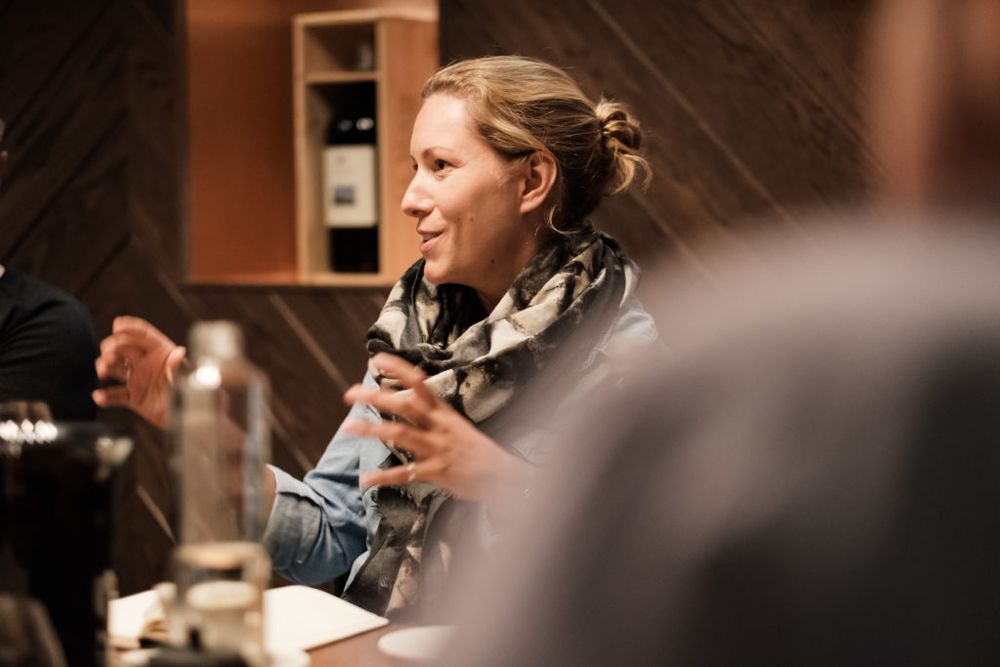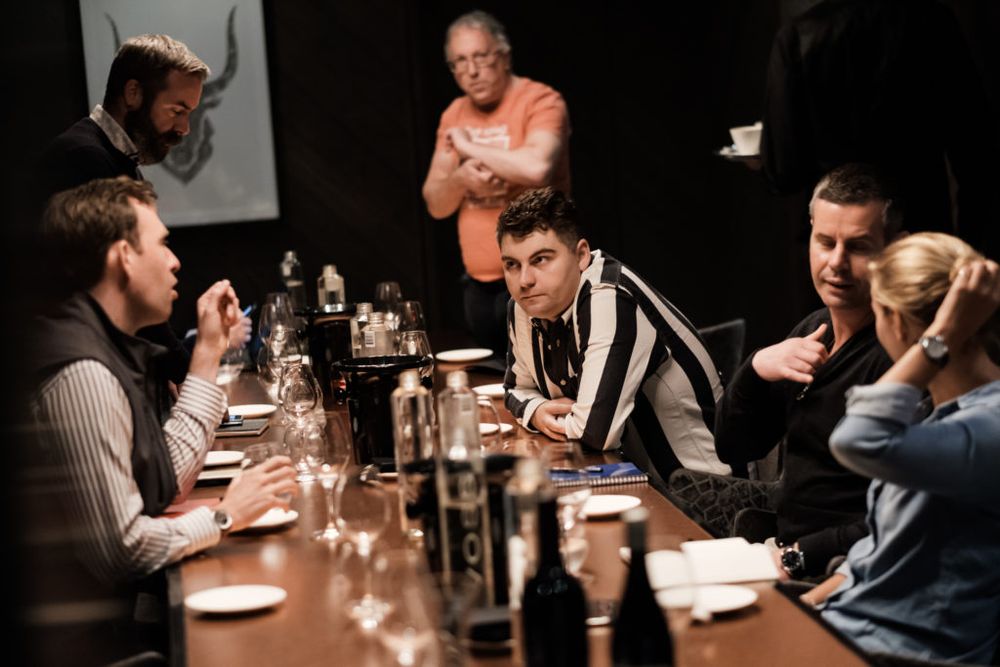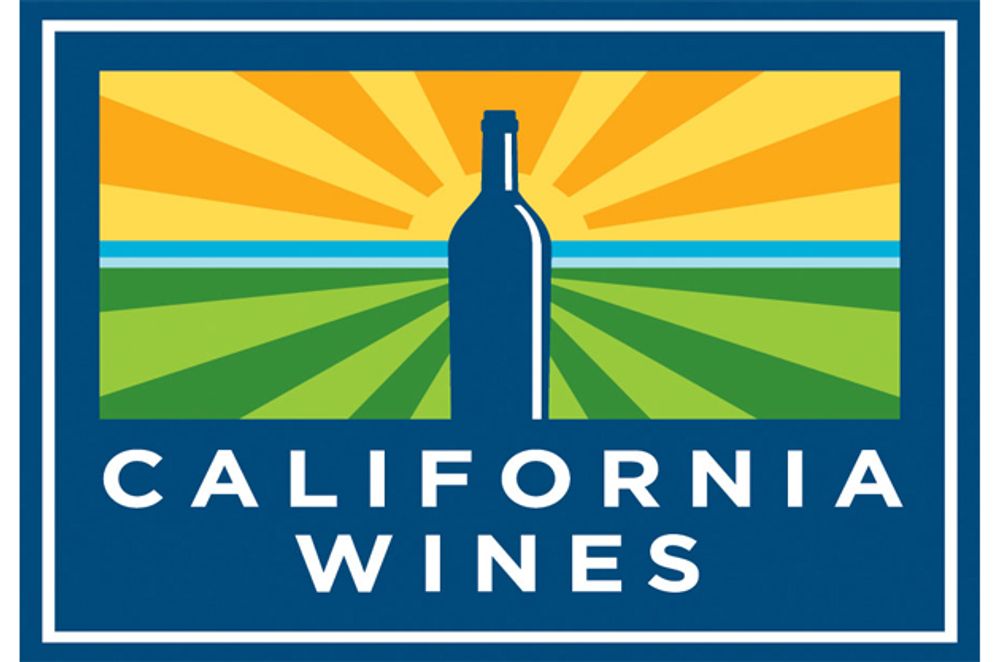The full report from our California wine buyer debate will follow next month, but here is an overview of what key importers, merchants and sommeliers believe are the main opportunities for the state’s wines across all areas of the on-trade.
California might mean a lot of different things to people depending on which channel of the industry they are working in, but the key takeaway from the recent debate between leading importers, distributors and buyers of Californian wine into the UK on-trade was that California, full stop, means something to them.
It’s strategically important. It’s relevant to what they need to buy. It is giving them the answers to many of their buying dilemmas. This was not the case even as recently as five or six years ago.
California was simply not on the radar on most importers and distributors looking to find both good value for money and exclusive, interesting wines for their lists. Particularly not in the premium on-trade.

The Buyer debate brought together leading players importing Californian wine into the UK. Picture Thomas Skovsende.
It was arguably only interesting to two clear and polarised sectors of the market: the major supermarkets looking for entry level, mass market brands that could be heavily promoted and bulk wine for private label; or the Parker Point dominated big, classic Californian wines that customers were happy to pay £100 for or more in the fine dining circuit.
It was the classic doughnut market – with nothing in between.
Holding a similar event say five to seven years ago and you would have spent most of the discussion talking about the barriers, the problems, the issues of working with California. The fact the wines are way too expensive, they are over extracted, too alcoholic and not suitable for the palates of the average wine drinker in those markets.
Now, that is not to say there has been some of magic wand waved over the entire state and you can’t still find those wines. There’s also crucially still a very big market for them in the classic fine dining and premium steak houses not only in the US but across Europe.
Different market

Kelvin McCabe at Adam Handling restaurants says California now offers so much diversity. Picture Thomas Skovsende
But the wider Californian debate has moved on. It now means so many different things to so many different wine importers, distributors, retailers, wine merchants, restaurant groups and sommeliers.
All of whom were represented at the debate held earlier this month, in partnership with the Wine Institute of California in the UK. A debate that saw the following panellists take part:
- Doug Wregg, Les Cave de Pyrene
- Maggie MacPherson, Enotria&Coe
- Sylwester Piasecki, Zuma
- Kelvin McCabe, Adam Handling Restaurants
- Rory Benham, The Wine Treasury
- Keith Kirkpatrick, Roberson Wine
- Chuck Cramer, Terlato Wines
- Richard Ellison, Wanderlust Wine
- Lenart Cernelic, M Restaurants
- Stuart McCloskey, The Vinorium
- And from Wine Institute of California in the UK was Damien Jackman and Justine McGovern.
They took it in turns to explain how California has turned the dial, as it were, on their buying needs and become so much more relevant to what they are looking for.
UK wine distributor, Roberson Wine, for example, did not have a Californian range to speak of in 2013 and was better known for its classic French and Old World ranges. California has helped turn its business on its head, said wine buyer, Keith Kirkpatrick. So much so that it now makes up 50% of its agency sales.
Similarly the much respected Les Caves de Pyrene, which specialises in finding esoteric, mostly minimum intervention wines for the on-trade, has also seen the light and transformed its Californian list in the last five years. “There had been a gaping hole in our list,” admitted marketing and sales director, Doug Wregg.
The Wine Treasury has slowly emerged as one of the UK’s biggest US wine specialists and is now working with 22 producers from California. “It has become and incredibly important market,” said sales director, Rory Benham.

Rory Benham of the Wine Treasury that has long been a specialist in Californian wine. Picture Thomas Skovsende
New players
It is also helping to attract and support new players in the market. Richard Ellison, for example, moved from a successful career in finance three years ago to set up his own wine import business, Wanderlust Wine. As the name suggests it has set its stall out to look for wines from off the beaten track. Which, in turn, has seen Ellison return time and again to California as it just has so many of the “organic, sustainable, interesting and exciting wines” that he is looking for. “California has been key, for me, in finding these kind of wines,” added Ellison.
The big difference, argues Kirkpatrick at Roberson Wine, is not necessarily California suddenly deciding en masse to change the way it makes wine. It’s been a combination of more buyers, like himself, making the effort to go there and look, and winemakers, who have always been making wine in a less extracted, more vineyard first approach, are now coming to the fore and are looking to export more wine.
Benham certainly agreed these styles of wine have always been there for those willing to look. “There has not really been a sea change in overall style,” he stressed. But as the fashion for wine has changed, these wines and winemakers have equally come into fashion too.
Buyers, stressed Kirkpatrick, have also been forced to look further afield for certain styles of wine because of the successive bad harvests that have hit classic regions such as Burgundy and Bordeaux over the last five years. California with its consistent styles and reputation for quality has therefore benefited hugely as prices for classic Old World wines have gone up as supply has been hit.
That trend might be most pronounced at the top end, but it has also had a ripple effect right down the wine supply chain.

Maggie MacPherson says Enotria&Coe is actively looking to expand its Californian range. Picture Thomas Skovsende.
Big changes
That said there clearly has been a marked change in the kinds of wine we are now seeing coming out of California. It’s not just the European palate that has changed. In the US, too, there is so much more demand for lighter, toned down, more refreshing, approachable reds and whites and increasingly rosés too.
The big classic Cabernet producers can still find plenty of buyers within California itself, or at the cellar door, but if they want to build distribution across the US and into key cities such as Chicago, Dallas, Miami, Boston and New York then they have had to have a new approach. An approach that has pricked the interest of buyers in the UK and Europe too, said Wregg.
Arguably a lot of the new styles of wine coming out of California has been driven by the desire to make more sustainable, environmental wines where the focus is all on what happens in the vineyard, and with the soils and vines rather than the tweaking that goes on in the winery.
The challenge for UK buyers is often to get US producers to think as far afield as exporting to the UK. As they can sell their wines so easily in the domestic market then building exports can be seen as a nice to have rather than a must have, said Ellison.
Multi-channel approach

Keith Kirkpatrick says Roberson Wine has really ramped up its Californian range in the last five to six years
But when they do it is lighter, fresher, slightly lower in alcohol styles is what is attracting major national distributors like Enotria&Coe back to California, said buyer Maggie Macpherson.
But whilst she is often shown different, esoteric varietals from California is it the big volume drivers like Chardonnay, Cabernet, Merlot, Zinfandel that it needs to build its business around. Providing currency is going in the right way.
What might sell in the US and in restaurants in major cities like San Francisco does not mean they will sell in the UK, she added.
Chuck Cramer, European sales manager, for Terlato Wines, that is having great success in the UK with its Federalist range, said the key to driving growth in Europe for California is being able to build scale and put your efforts behind wines that can grow and build volumes. Which means the classic varieties.
“You are looking at great value and great quality Pinot Noir, Chardonnay and Cabernet. That’s what sells,” he added. “But if you want to be creative with California in the UK and Europe then you have to be in the on-trade. That’s where all the interest is. We are selling a lot of great wines across all price points.”
Kirkpatrick at Roberson Wine said the key for a lot of UK importers is to find producers that can help them build volumes across all sales channels. Yes, it is nice to have the esoteric wines for the more ambitious on-trade outlets, but you also want to work with producers that can tender for own label and entry level and house wine slots too. It is that multi asset approach that is a win, wine for producer and importer alike, he stressed.
Attracting sommeliers

Sylwester Piasecki from Zuma says it is the lighter, cooler climate wines that are really interesting
For sommeliers it is the diversity that is attracting them time and again to California, said Kelvin McCabe, head sommelier at Adam Handling Restaurants. He said he was still open to buying the big classics from California as there is such a demand for them in London, particularly from US tourists. But there are now so many more different styles and grape varieties coming out of regions such as Mendocino, and the cooler climate, coastal California that is really making the region interesting again.
It is a similar story at M Restaurants, that was hosting the debate. Lenart Cernelic, the group’s wine buyer, said it was looking to cater both for those customers who want the big, familiar, steak-friendly Cabernet Sauvignons, but then be a bit more ambitious and adventurous with wines that M can sell both in its restaurants, but through its retail store and online. Here, said Cernelic, customers are far more willing to be brave, branch out and try different regions, grape varieties and discover more about what California is now about.
Sylwester Piasecki, assistant head sommelier at Zuma, agreed. It was the softer, more elegant, cooler climate wines that he was looking for to pair with the delicate Asian dishes at Zuma. Wines that California is now producing on a quality, consistent basis that makes them far more interesting to fine restaurants and sommeliers.
The turnaround in California is even attracting specialists in other countries to start looking seriously at what it can offer. Like Stuart McCloskey at The Vinorium, who up to now has built his successful private client business on sourcing and supplying premium Australian wine. He too now has California on his radar and is keen to see what else it can offer his customers.
One things for sure he will find a lot more competition from buyers in the UK. Which ultimately is the key for the new California. Or as Doug Wregg put it: “California has become sexy again.”
- A full report will be published in July on The Buyer on the California debate with the Wine Institute of California. If you would like any information on sourcing and bringing wines into the UK from California you can contact Justine McGovern of the Wine Institute in the UK on jmcgovern@wineinstitute.org.
- This is an adapted article from one first published on VINEX the online bulk and bottling trading site.











































